Sung-Through
Real American Musicals or Concerts with Benefits?
New York Times drama critic Charles Isherwood inadvertently sparked a controversy when, in a discussion of the 2016 Tony Awards, he commented about Hamilton: “I do find it slightly puzzling that it was nominated in the book of a musical category, since the show is almost sung-through, but it’s the kind of juggernaut we haven’t seen for years.”
A week later, in a letter to the editor, six prominent members of the Dramatists Guild, all successful musical book writers, offered “a few lessons” in their “misunderstood art.” Only a couple of comments directly addressed sung-through musicals: “If anything, a sung-through musical demands even more from the book writer,” wrote James Lapine. “A musical without a book would be a concert,” wrote Marsha Norman. “If there is story, there’s a book, even if no one says a single sentence.”
‘If anything, a sung-through musical demands even more from the book writer,’ wrote James Lapine.
Norman’s comment resonated for me when shortly afterwards I sat through three sung-through musicals within a few days of one another. Hadestown, The Total Bent, and Evening 1910 all call themselves musicals; all offer terrific music. But they each struck me as in varying degrees much closer to concerts—or, at least, I found that I appreciated them more by considering them concerts with benefits.
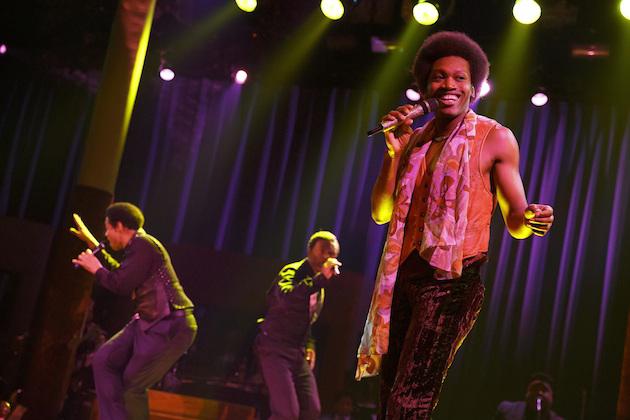
Andrew Lloyd Webber is often credited (or blamed) with popularizing the modern sung-through musical, starting with Jesus Christ Superstar in the early 1970s, followed by Evita and then Cats, which had an eighteen-year run on Broadway and is returning for another run starting next month. It’s interesting to note that School of Rock, his first new musical on Broadway in a decade, is not sung-through. Julian Fellowes, best known as the creator of Downton Abbey, is credited with the book, separate from the lyrics by Glenn Slater. (In many of Lloyd Webber’s previous musicals, the lyricist was the book writer.)
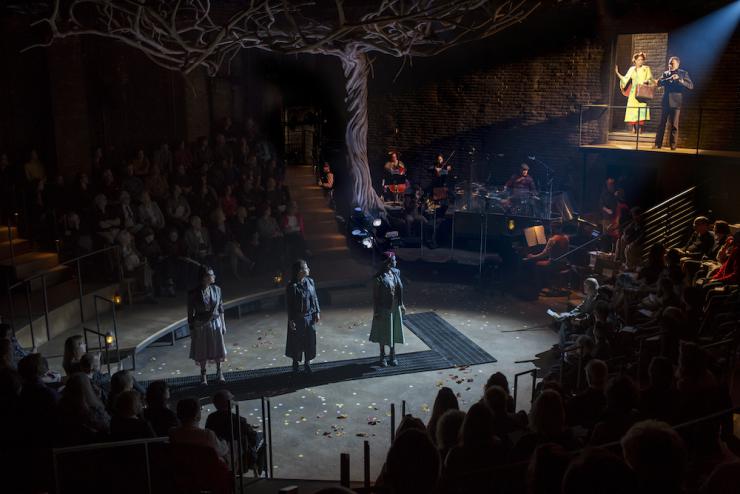
Like Jesus Christ Superstar, Hadestown began life as a concept album—an elastic term that has been applied to albums as diverse as Frank Sinatra’s “In The Wee Small Hours,” the Beatles “Sgt Pepper’s Lonely Hearts Club Band” and The Who’s “Tommy.” The only requirements for the genre seem to be that the songs have some connection to one another, even if the connection is just a theme or a mood. But Anais Mitchell grounded Hadestown in the story of Orpheus and Eurydice, in which Orpheus descends into Hades in hopes of retrieving his wife. It’s the audience’s familiarity with the myth of Orpheus that makes it easier for us to follow what’s going on, even when Mitchell somewhat muddles the proceedings by vaguely equating the Underworld to a struggling American industrial town. She does this by turning the character Hades into a kind of heartless industrialist, with lyrics such as those in the song “Hey, Little Songbird”:
I’ve got clients to call
I’ve got orders to fill
I’ve got walls to build
I’ve got riots to quell and they’re giving me hell back in Hades.
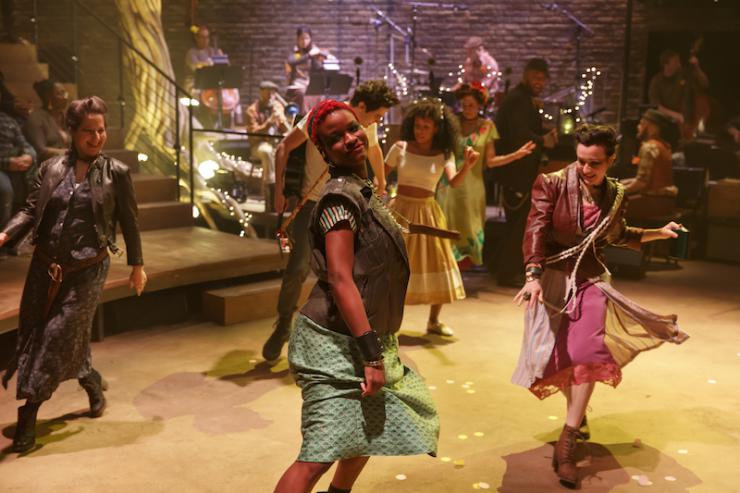
Rachel Chavkin helped develop Mitchell’s album into a stage show, and directs it using the same savvy that she applied to Natasha, Pierre and the Great Comet of 1812, Dave Malloy’s adaptation of a sliver of Leo Tolstoy’s War and Peace, which was not just sung-through, but immersive. Her success with that earlier musical is undisputed; it is opening on Broadway in the Fall, directed by Chavkin and starring Josh Groban.
As with Natasha, Chavkin has reconfigured the physical space for Hadestown. New York Theatre Workshop has been rebuilt into a theatre in the round with stadium seating that perhaps suggests the rings of Hell. The cast frequently travels up from the lowest rung, and performs along the circular aisles right up close to the audience members. In some weirdly alchemical way, this encourages us to accept them more readily as characters rather than just as singers. After all, in a concert, no matter how small the venue, singers do not typically walk out into the audience, carrying lanterns.
By contrast, deliberately or not, The Total Bent encourages us to treat much of it like a concert. The latest musical by Stew and Heidi Rodewald, creators of Passing Strange, focuses on a musical prodigy named Marty Roy and his father, a renowned gospel singer named Papa Joe Roy. Taking place in Montgomery, Alabama during the bus boycott that launched the modern Civil Rights Movement, father and son have conflicts that go beyond a differing world-view. The Total Bent offers a glimpse at their relationship, and a plot involving a white British fan who travels to Montgomery and becomes a record producer for both of them (and, briefly, Marty’s lover). But the details are vague and inconsistent. The characters’ relationships, and the plot, and the larger world in which they are supposed to be living, all take second place to the music. Stew is not a character or an actor in The Total Bent (the way he was in Passing Strange), but rather a musician in the band. The lyrics are often witty, the varied music (blues, gospel, funk, rock) is often thrilling. But many of the songs in the show don’t advance the action; they are the action, especially when Marty becomes a rock star, and for a time The Total Bent becomes a literal concert. Maybe we’re supposed to understand it as a theatrical depiction of a concert, although it’s hard to figure out the difference.

Like The Total Bent, Evening 1910 also establishes a time and place—Manhattan during the early twentieth century wave of immigration—and it too seems to have priorities beyond plot. We discern that Henry, an immigrant photographer, meets George, the rich owner of a dying live theatre on the Bowery who is entranced with the newfangled motion pictures. Henry becomes his cameraman. George’s sister Evelyn also falls for Henry. Louise is a showgirl in George’s theatre who wants to be a seamstress in a garment factory. Henry apparently falls for her. Much of this takes effort to figure out, and we are largely kept in the dark about what happens to them—kept in the dark literally, thanks to David Zeffren’s lighting. One quickly gets the sense that the creative team of Evening 1910, led by director and co-songwriter Randy Sharp, who is artistic director of Axis Theater, and songwriter Paul Carbonara, who was longtime guitarist for the musical group Blondie, are most interested in using the music and the design to evoke the feel and the mood of the era. They even include some still-familiar songs from the turn of the century, such as “East Side, West Side, all around the town…on the sidewalks of New York” and "She's only a bird in a gilded cage.” The ensemble, which often moves as one, is made up of seamstresses and ladies of the night, carrying suitcases. They occasionally sing us what’s going on:
So they pack away the stage
To make way for the modern age
A hundred solitary lights
Machines that flicker through the night
The abrupt transitions that occurred during the era that is the setting for Evening 1910—in culture, demographics, and technology—mirror in some ways what’s happening now. This seems to have relevance to the rise of the current raft of sung-through musicals that feel more like staged concerts. The rise of YouTube, Vimeo, Twitter, and Instagram have created a new language of perception for its users as surely as early twentieth century audiences started learning the new language of film. We quickly have gotten used to little self-contained drops of “content”—sometime concentrated wit or wisdom—that merge into an ever-moving stream of drops that may or may not be connected to one another; may or may not provide a larger context.
The rise of YouTube, Vimeo, Twitter, and Instagram have created a new language of perception for its users as surely as early twentieth century audiences started learning the new language of film.
There is also the older influence of rock ‘n’ roll. There is some irony in recognizing that rock concerts have borrowed from theatrical tradition—costumes, special effects, even personas, if not precisely characters—just as more and more theatrical works seem to be borrowing from traditions of rock concerts, which is to say, clamor over clarity, music over words, spectacle over story.
The most common question in the past about sung-through musicals was: How do they differ from opera? Many sung-through musicals are indeed called folk operas or rock operas. The answers have varied—“When someone starts singing after being stabbed, it’s an opera.”; “..in opera, music is the driving force; in musical theatre, words come first.”
But a more useful question these days may be: How tolerant have we become of musicals that dispense with the game-changing element perfected from Oklahoma! onward—the full integration of a clear and satisfying story into the song and dance and design? How willing are theatremakers to let the story slide?
Here, as in many other ways, Hamilton gives us hope. What Hamilton demonstrates is that a sung-through musical can be as vigorous in its storytelling as any more traditional book musical. Couldn’t this help explain why “it’s the kind of juggernaut we haven’t seen for years?”
Jonathan Mandell’s newcrit piece usually appears the first Thursday of each month. See his previous pieces here.

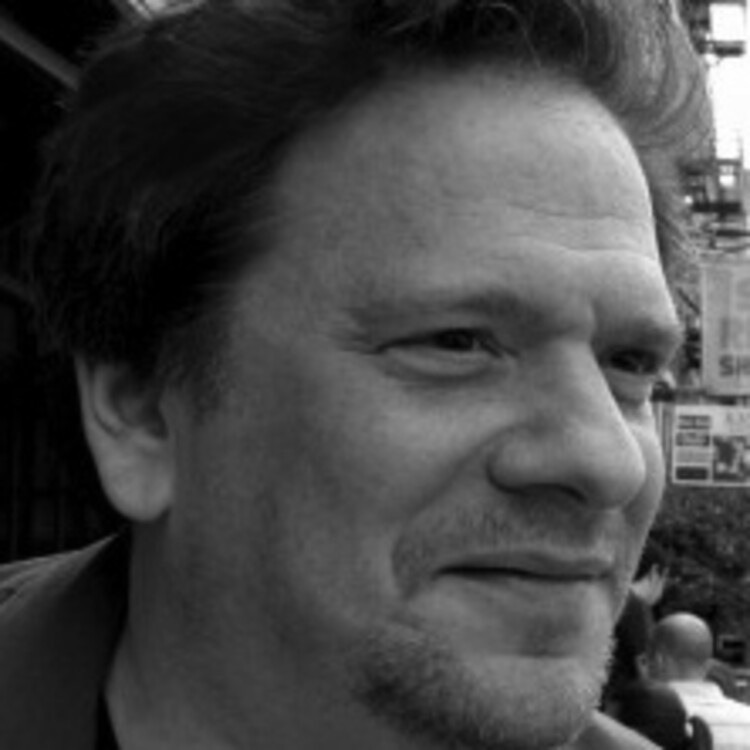
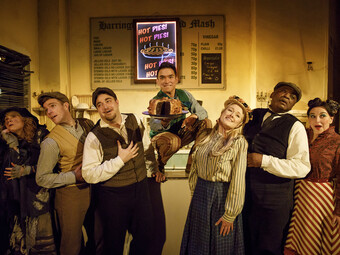

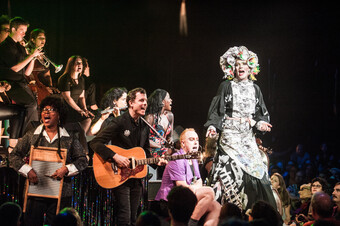

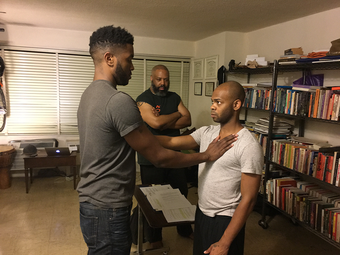

Comments
The article is just the start of the conversation—we want to know what you think about this subject, too! HowlRound is a space for knowledge-sharing, and we welcome spirited, thoughtful, and on-topic dialogue. Find our full comments policy here
Good piece! And as one who has loved the through-sung musical ever since seeing my first professional production -- the big sit-down production of "Evita" in Chicago (wth John Herrera and Valerie Perri IIRC) way back in 1981 -- I am so glad you defend it against those who (bafflingly) insist that musicals (at least the goodones) don't have books if they don't have (much) dialog!
To me it is so clear that it doesn't matter whether the story is told via the dialog or the lyrics (and dancing and blocking). All that matters is that there is an overall story, involving character change and so forth.
(Interestingly, I've never much cared for revues!)
P.S. As Ringo Starr said to Marge in that one episode of "The Simpsons", please forgive the lateness of my comment.
And please forgive the lateness of thanking you for your response!